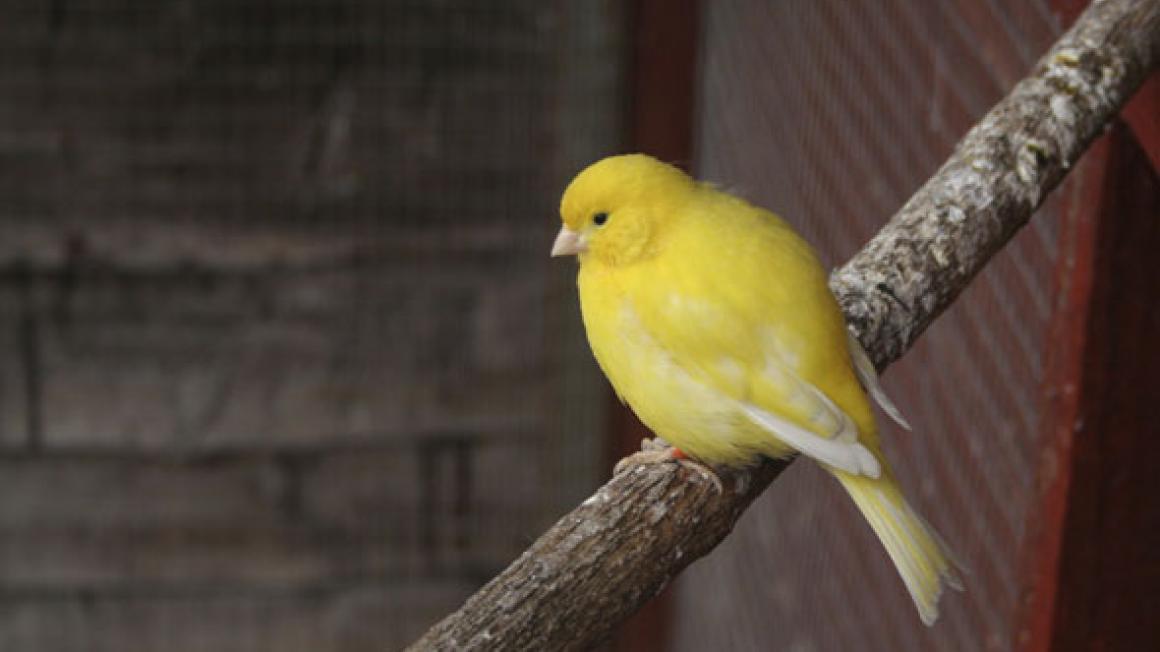Is this your canary?
In keeping with modern times, they sent out the equivalent of a search flare on social media – posting a photograph of Tiny (his new nickname) on the RN LI Facebook page. Have you lost a canary it asked? So far there have been lots of offers of a new home but no claims from his owners. It was decided that Tiny couldn’t live in the lifeboat station, he didn’t cope very well with the noise of the launch machinery, so a bird-loving woman called Juliet stepped in. She already has a parrot called Digby. The pair are getting on well she says and she is rather hoping that nobody steps forward. If nothing else, she thinks Digby might be heartbroken. Unlike Tiny, he doesn’t get out much and it’s hard to make new friends when you’re a tropical parrot living in an English seaside town.
Since his appearance on Facebook, he has become something of a celebrity with well-wishers dropping by at the station to find out how he is, which is all good news for the donations box. The general assumption is that Tiny has escaped from a local cage, but one of the fishermen suggested that he could easily have escaped from a home on the other side of the Channel and been blown off course by the high winds. Certainly the birds that migrate to our shores each year would think nothing of that journey; the swallow is a master at surviving on the air currents as they leave our blustery weather for their African holidays. It’s also possible that he might have escaped from a container ship making a long crossing – some captains keep them for entertainment, although they can sulk and refuse to sing in the dimly lit cabins. In the wild they live less than three years, nothing really compared to the 15 years in captivity. Personally I think the way Tiny has taken to his new domestic set-up at Juliet’s, he has had his feet firmly under a kitchen table before. The question is, will he stay or will he hop off again?
Old pine, new whine


